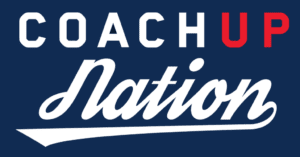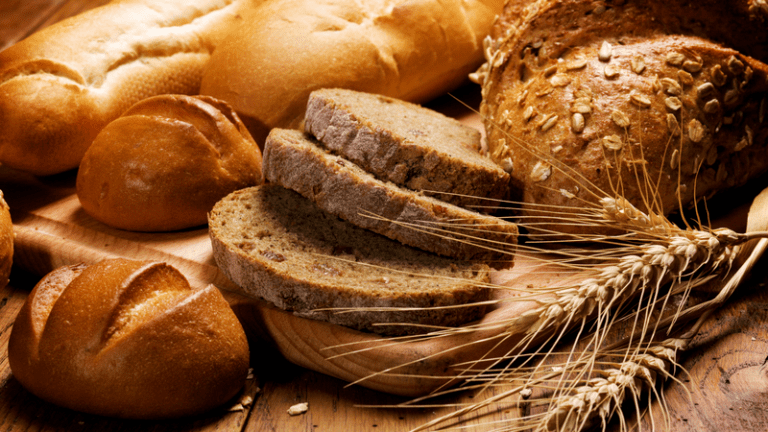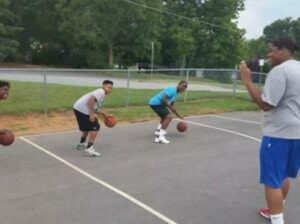Many athletes and recreational exercisers are staying away from bread these days: It’s a waste of calories. … It’s fattening. … It’s inflammatory.
These active people often struggle with denying themselves of this pleasurable food: I tell the waiter to remove the breadbasket so I don’t devour the whole thing. … No more sandwiches for me; I eat just salads. … On Sundays I cheat and eat a bagel! …
Perhaps you are feeling confused about the role of bread in your sports diet? After all, eating (white) bread these days is commonly viewed as nutritionally incorrect. Here are some facts to resolve some of the bread confusion.
Myth: Bread is fattening.
Any food can be fattening when eaten in excess. You “get fat” when you repeatedly overeat total calories for the day. The calories can be from avocado, yogurt, grilled chicken, potato chips, Oreos, M&Ms—or bread (white, whole wheat, sour dough, or multi-grain). The myth that bread is fattening; carbs are fattening is just that, a myth. You have my permission to enjoy bagels, sandwiches, and garlic bread alongside pasta for dinner.
As long as the portions fit within your calorie budget for the day, you will not gain undesired weight by eating bread.
“But when I eat pasta and bread for dinner, I always gain 2 or 3 pounds by the next morning” whined one of my clients. She didn’t realize when athletes load-up on carbohydrates, they store in their muscles about three ounces of water with each one ounce of carb (glycogen). The scale does go up due to water-weight—and performance also goes up! You will have a far better workout after a pasta/bread meal than, let’s say, a no-carb chicken Caesar salad.
Now, if you eat too much bread—such as the whole breadbasket within a few minutes of settling into a restaurant, you can indeed consume excess calories. The problem is not with the bread, but with your relationship with bread. If you feel as though you have no control over, let’s say, the warm, crusty rolls in front of you and you quickly devour them, you may believe that bread is “addicting.” Next time, you might wonder if you should ban the waiter from even bringing the crusty rolls to your table—but that would be a shortsighted solution.
The smarter solution is to eat bread daily. Obviously, you really like bread; that’s why you want to eat all of it. Depriving yourself of this little pleasure leads to “last chance eating.” You know, “This is my last chance to eat bread so I’d better eat it all.” You’d be better off taking the power away from bread by eating it more often.
Myth: White bread is a bad food, a nutritional zero.
In general, the less processed a food is, the more nutrients it has. Hence, whole wheat breads (and pasta) are preferable to the refined versions. But white bread is not poison nor a nutritional zero. Before you cast stones at white bread, you need to look at the whole day’s diet: Is it balanced or unbalanced? Today’s Dietary Guidelines suggest half of your grain-foods should be whole grains; the other half can be refined, enriched grains (bread, rice, pasta, etc.).
While some nutrients (fiber, magnesium and zinc) get lost in the milling of whole wheat into white flour, other nutrients have been added back. Since 1941, white flour has been enriched with thiamin, riboflavin, iron, and niacin in amounts equal to whole-wheat flour.
Your job is to eat a variety of foods (vegetables, fruits, nuts yogurt) so you consume nutrients that might have been processed out of the whole wheat.
No grain—not whole wheat nor quinoa—is a powerhouse food. When you enjoy bread (or wrap) with hummus, turkey, cheese, lettuce and tomato, you’ll get more nutrients from the filling than from the bread, regardless if it is whole wheat or white. Bread is better known for fueling the muscles, than for being a source of nutrients. If your diet is 85-90% nutrient-dense you won’t be risking your health by selecting white bread or wrap.
In general, no breads or grain-foods are as nutrient-rich as green leafy vegetables, berries, lean meats, or dairy foods. Enjoy grains for their carbohydrates that help fuel muscles. The carbohydrate (starch) in bread ends up as muscle glycogen (fuel) or blood glucose (brain food). Yes, you can also fuel your body with a lunchtime salad, but you will have to eat a mighty big salad to get enough carbs. If you are on a food budget or don’t have time to munch through a pile of veggies, you could far more easily fuel yourself with a sandwich made with whole wheat bread, peanut butter & banana.
If you exercise for about one hour a day at moderate intensity and want to fuel your muscles adequately, you should target about 2.25 g carb/lb. body weight. For someone who weighs 150 pounds, this comes to ~340 g carb a day. By dividing that into three meals (with 100 g carb/meal) + 1 snack (with 40 g Carb) you can see that a PB & J sandwich (70 g carb) easily beats a salad with chickpeas (25 g carb)!
Myth: Wheat is inflammatory.
If you are among the 1% of Americans who have celiac disease, or the 6% who have gluten sensitivities, you should stay away from bread and other forms of wheat. But for most of us, bread can be a positive part of a sports diet, not a trigger for inflammation. A crossover study with athletes who ate a gluten-filled or gluten-free diet showed no increase in markers of inflammation when the athletes consumed wheat. (Lis, Med Sci Sports Exer 2015)
Myth: White bread, like sugar, spikes blood glucose.
Surprising, the average blood glucose response to commercial white bread vs. artisan whole-wheat sourdough bread is similar. In fact, half the subjects had a higher rise in blood glucose with whole-wheat bread. (Korem, Cell Metab 2017).
The bottom line
White bread can be included an overall balanced sports diet. While minimally processed foods are always better than highly processed foods, you want to look at the whole diet and not vilify a slice of white bread. Just balance it with whole grains at the other meals.
Sports nutritionist Nancy Clark MS RD CSSD has a private practice in the Boston-area (Newton; 617-795-1875), where she helps both fitness exercisers and competitive athletes create winning food plans. Her best-selling Sports Nutrition Guidebook, and food guides for marathoners, cyclists and soccer are available at nancyclarkrd.com. For her online sports nutrition workshop, co-presented with exercise physiologist John Ivy, see www.NutritionSportsExerciseCEUs.com.
———————————————————-
CoachUp is the safest and easiest way to find a coach for personalized training. With our 100% money-back guarantee and vetted coaches, anyone can achieve their full athletic potential. Find your perfect coach today and become the athlete you want to be!
How useful was this post?
Click on a star to rate it!
Average rating 4.8 / 5. Vote count: 6
No votes so far! Be the first to rate this post.




